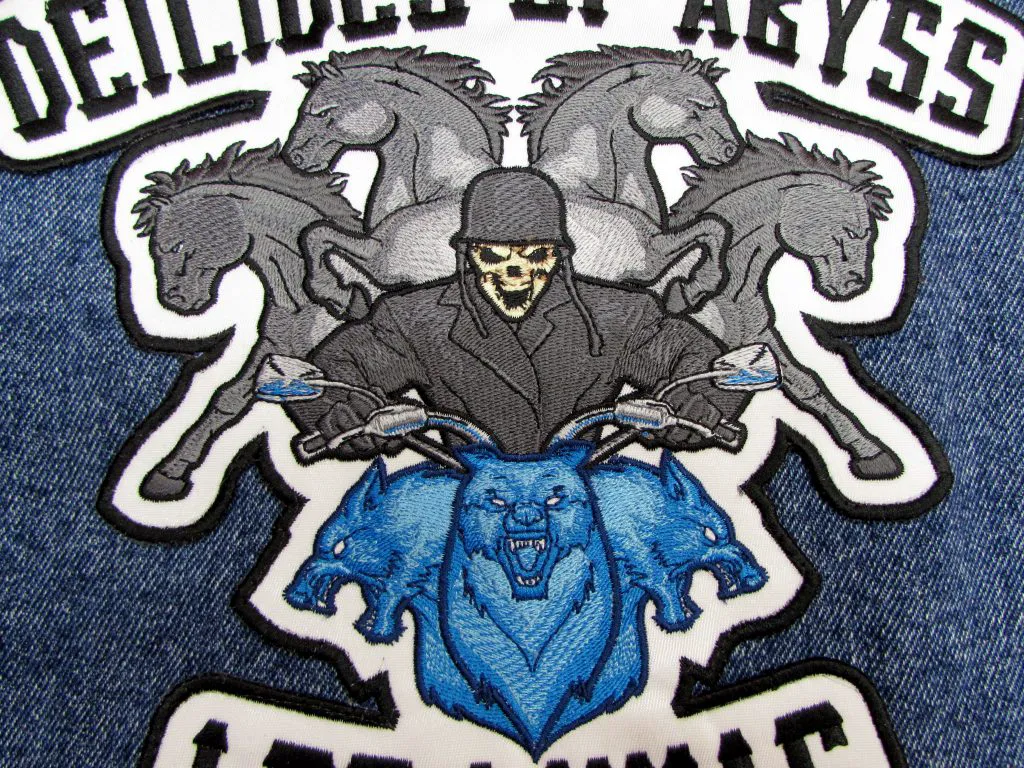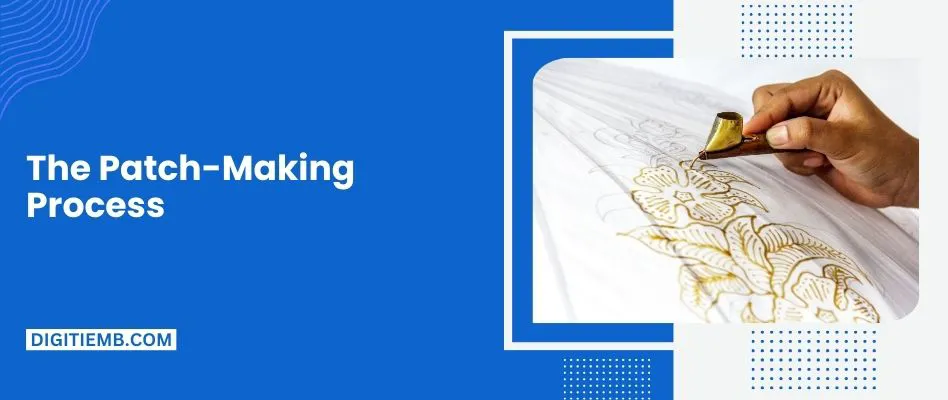Making Patches with Brother Embroidery Machine: A Beginner's Guide
Create Custom Patches with Your Brother Embroidery Machine: Easy Steps
Create Custom Patches with Your Brother Embroidery Machine: Easy Steps
Best Embroidery Machine For Patches
Editor’s Pick! Best For Personal Use or Small Side-BusinessThe Brother SE1900 is a fantastic home embroidery machine that offers a LOT of premium features for a very affordable price.
For starters, it offers a generous 5×7 embroidery area, which is a great size embroidery machine for patch making. However, it’s also a dual-purpose embroidery AND sewing machine. So, if you’d like to sew and embroider but don’t have the budget for two separate machines – this is a great pick which will let you do a lot of different projects. It’s also loaded with premium features which cost a lot of money on other machines. This includes a thread sensor which warns you when the thread is about to run out, and the ability to create your own custom stitches for your sewing projects!
Hot Knife Cutting
Many patch-makers use a ‘hot-knife to cut finished patches out of an unbroken span of material. Though it sounds like a specialty tool, the ‘hot-knife’ is essentially a wood-burning pen. This requires the use of polyester materials for your patch as you need a material that cleanly melts and fuses. That said, this removes the need to cut the material either before stitching or executing your border.
To stitch a patch intended for hot-knife cutting, you’ll simply stitch the design, border and all, through your patch material. Once complete, decorators often fuse the stitched span consisting of multiple patches to an adhesive or sealing layer. One then places the material on a smooth, heat-resistant surface like a pane of glass on a desk. All that’s left is to trace each patch carefully and smoothly against the full density border with the hot knife. This melts through the patch material and adhesive, fusing the edges and separating each patch from the span.
Though you may see some remaining material at the edges, cutting through the entire stack of support materials and removing the potential for patches to ‘pop out’ during production makes this an attractive method for many patch-makers. Personally, the increased manual work makes it less attractive for most of my patches than using soluble or film methods. If you want to see how it’s done, check out the following video: Hot Knife Patch Demonstration
Supplies
- Embroidery machine with embroidery hoops (I'm using a Brother PE800)
- Computer with Inkscape and Ink/Stitch installed, and a USB drive
- Plain, sturdy fabric
- Fabric stabilizer sheets
- (optional) Iron-on adhesive sheets such as Heat n Bond Ultrahold
Fabric stabilizer comes in both iron-on and non-iron varieties. I'm using the non-iron type and just clipping it into the embroidery hoop with the fabric.
If you want to make patches that can be ironed on to a piece of clothing, you will need a sheet of double-sided iron-on adhesive. My local fabric store has this in the section with the interfacing, but you can also buy it online.
Best Embroidery Machine for Patch Making [All Budgets!]
What’s the best embroidery machine for patch making? We wanted to know too! So, we dug into the specs and found the top machines – comparing features, price, and reliability.
Knowing which machine you need is important before you jump into a purchase. While pretty much every machine should be able to embroider patches – if you want to make large patches, you should be aware that many cheaper machines are capped at 4×4 designs. You should also know that many embroidery machines do NOT come with embroidery software for making designs!



Tegs:
Search
Recent Posts
-
Create Delicious BBQ Sauces with This DIY Kit
Apr 20 2025
-
How to Make Artisan Candles: A Step-by-Step Guide
Apr 21 2025
-
Stitch with a Message: Exploring the Feminine in Embroidery
Apr 24 2025
-
Unleash your inner soap maker with an artisan soap making kit. Learn the basics of soap making and create your own unique and luxurious soaps.
Apr 27 2025
Subscribe to Updates
Get the latest posts and fashion insights directly in your inbox.